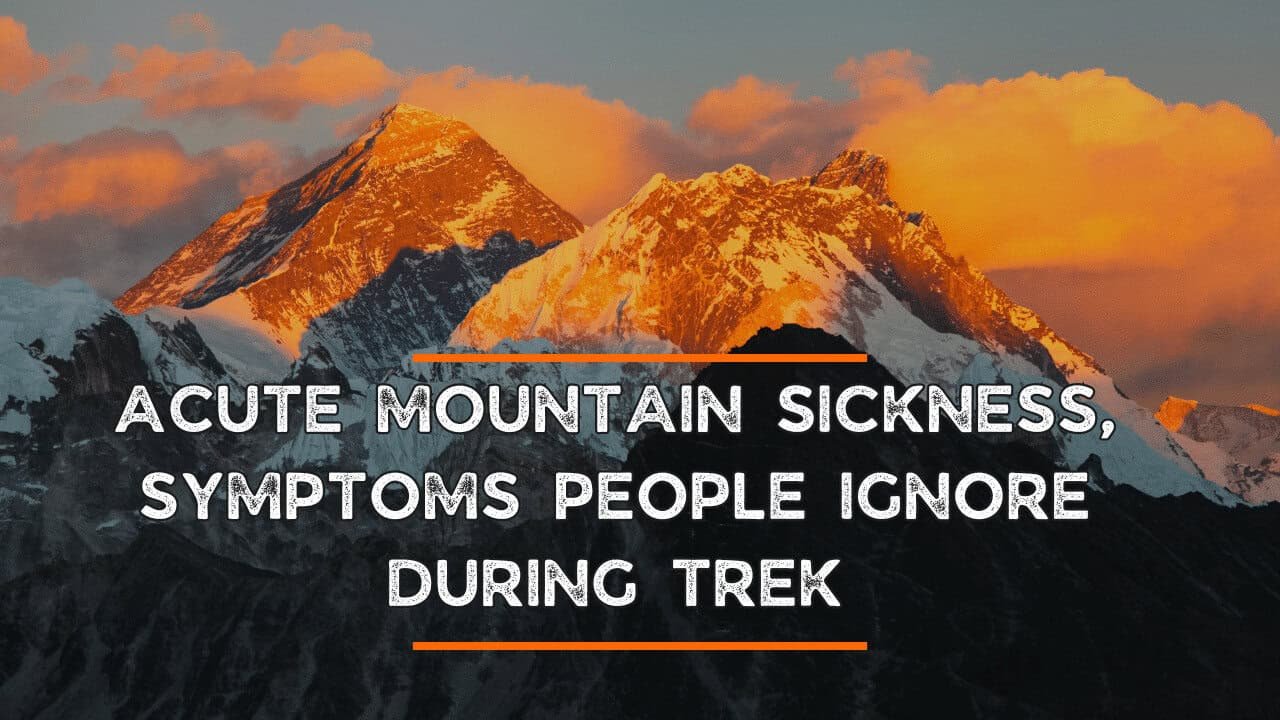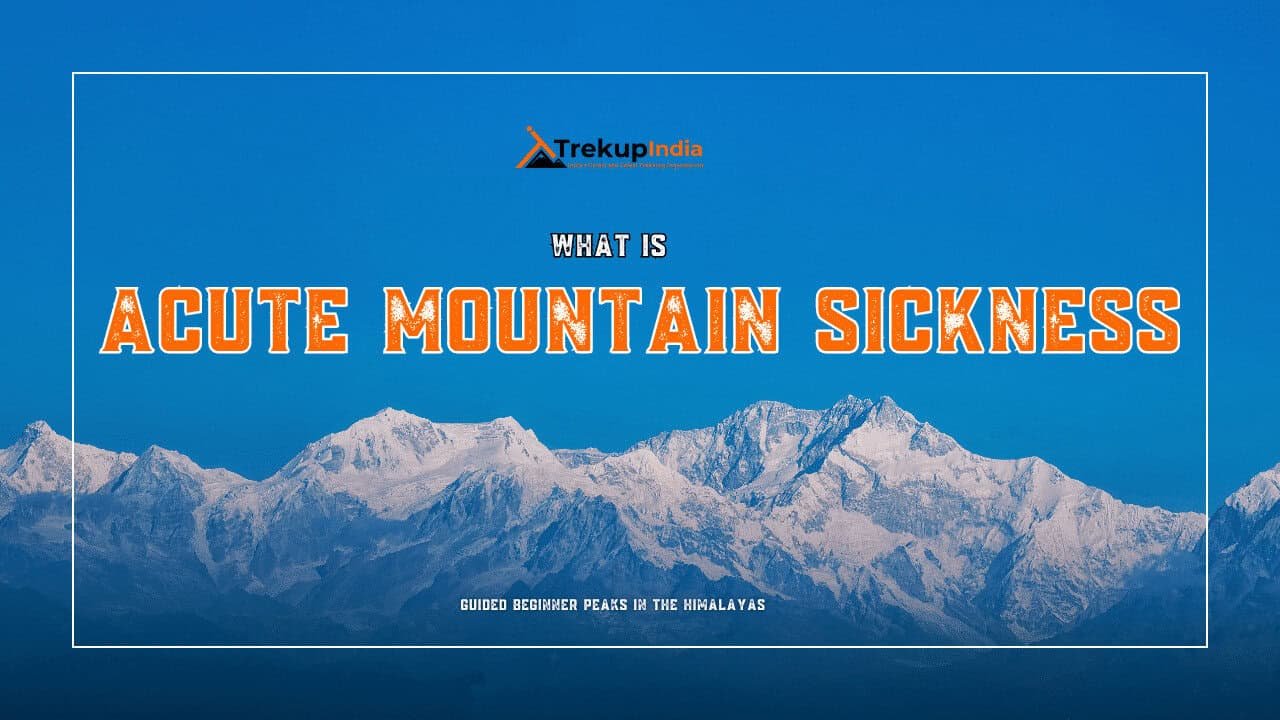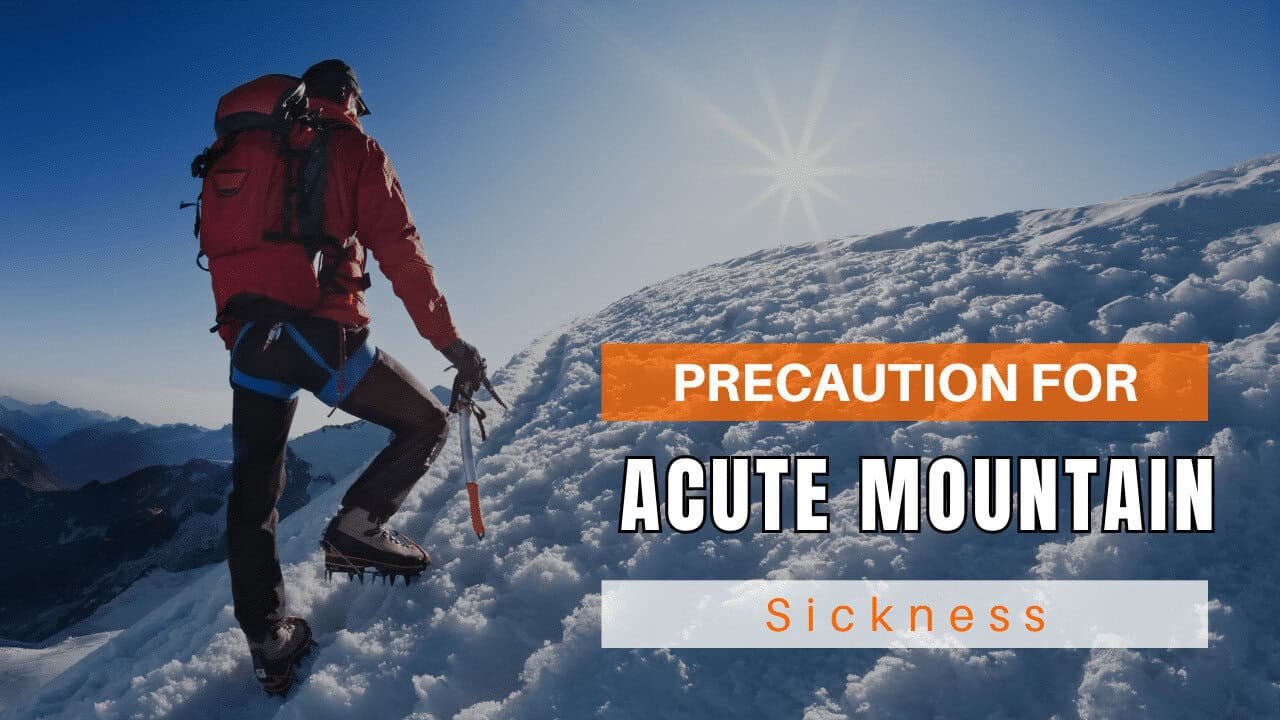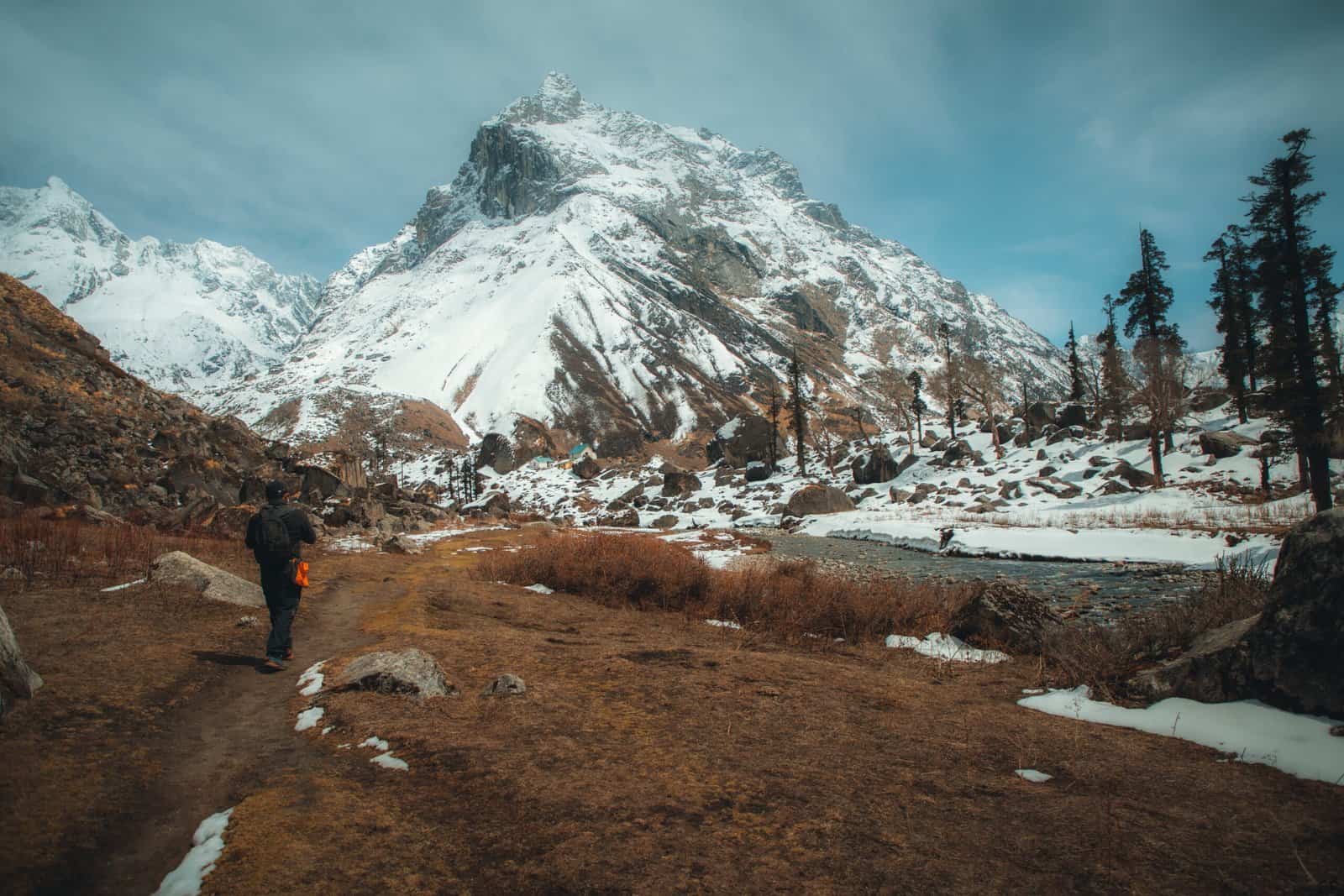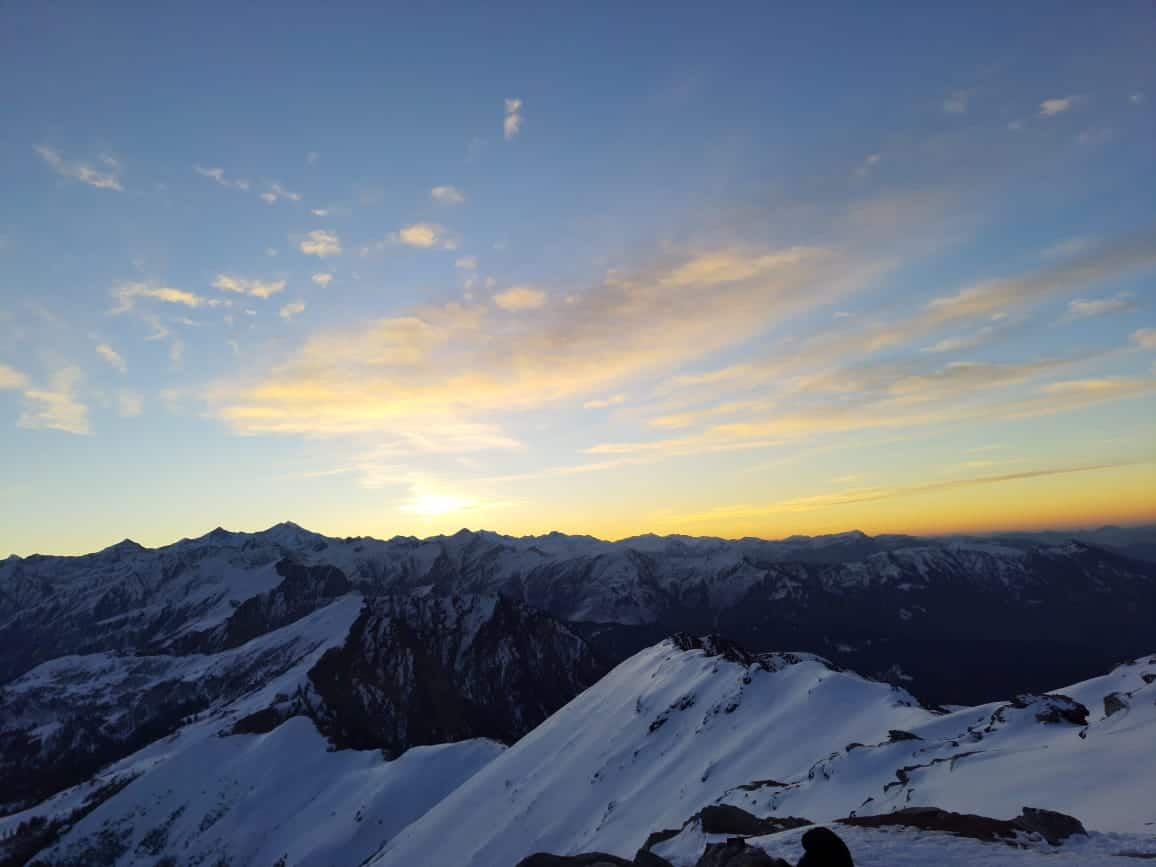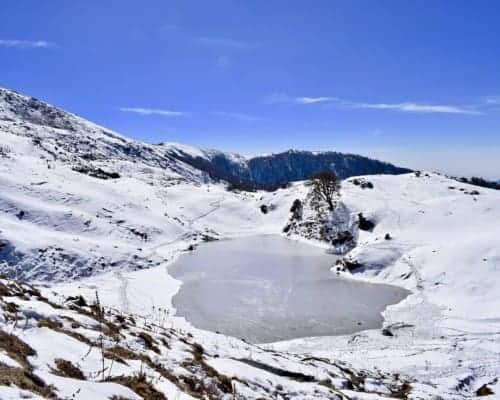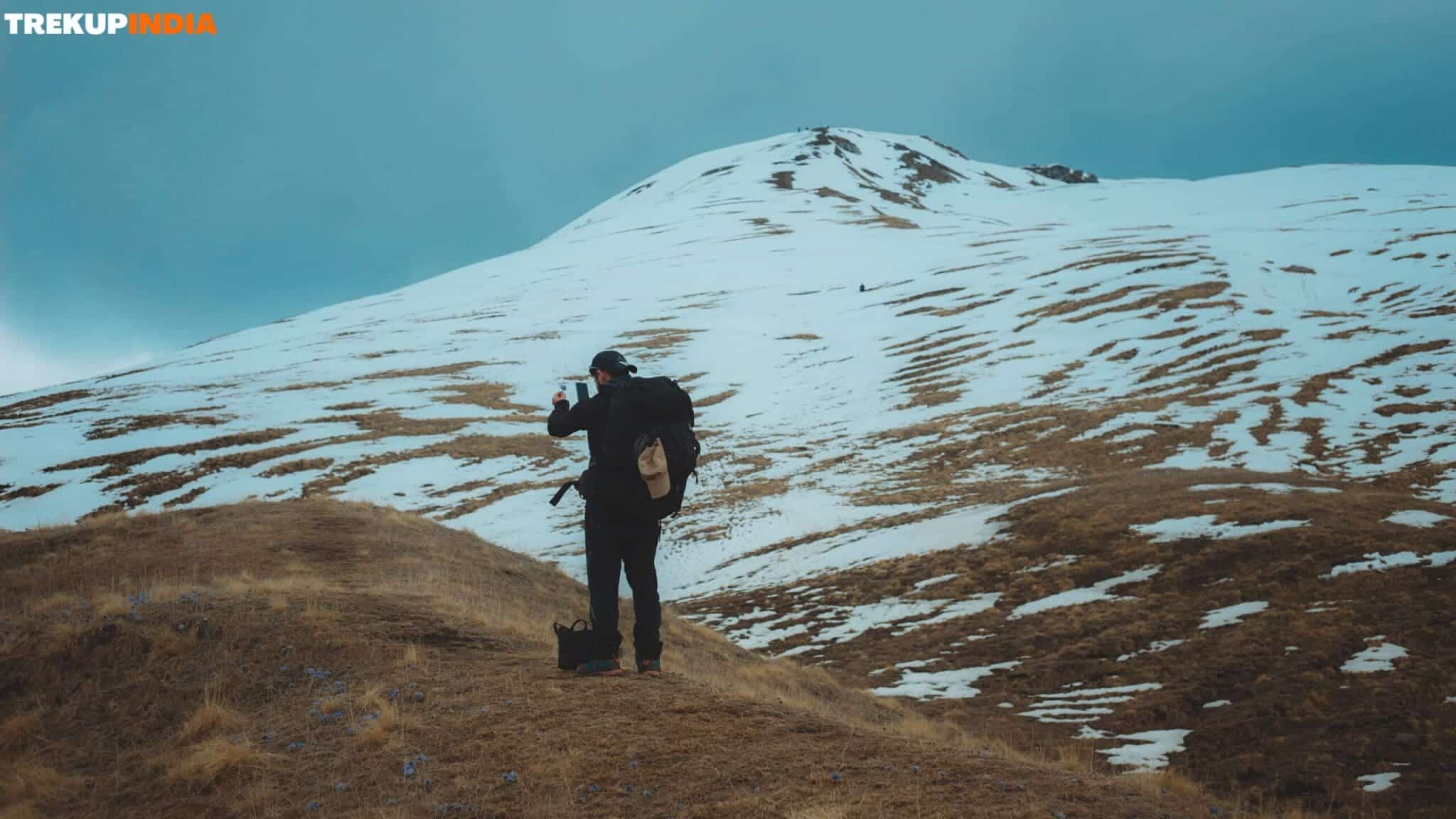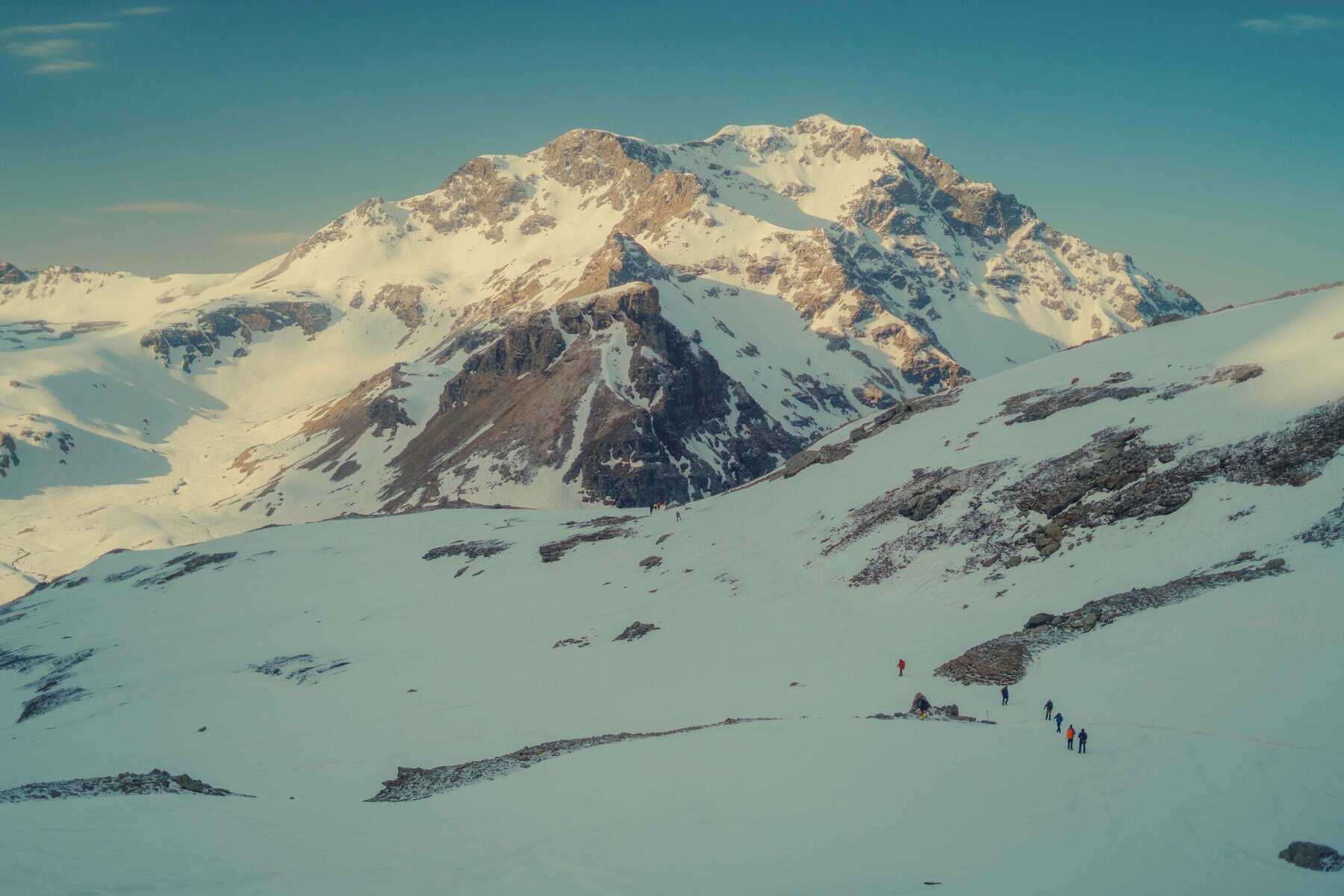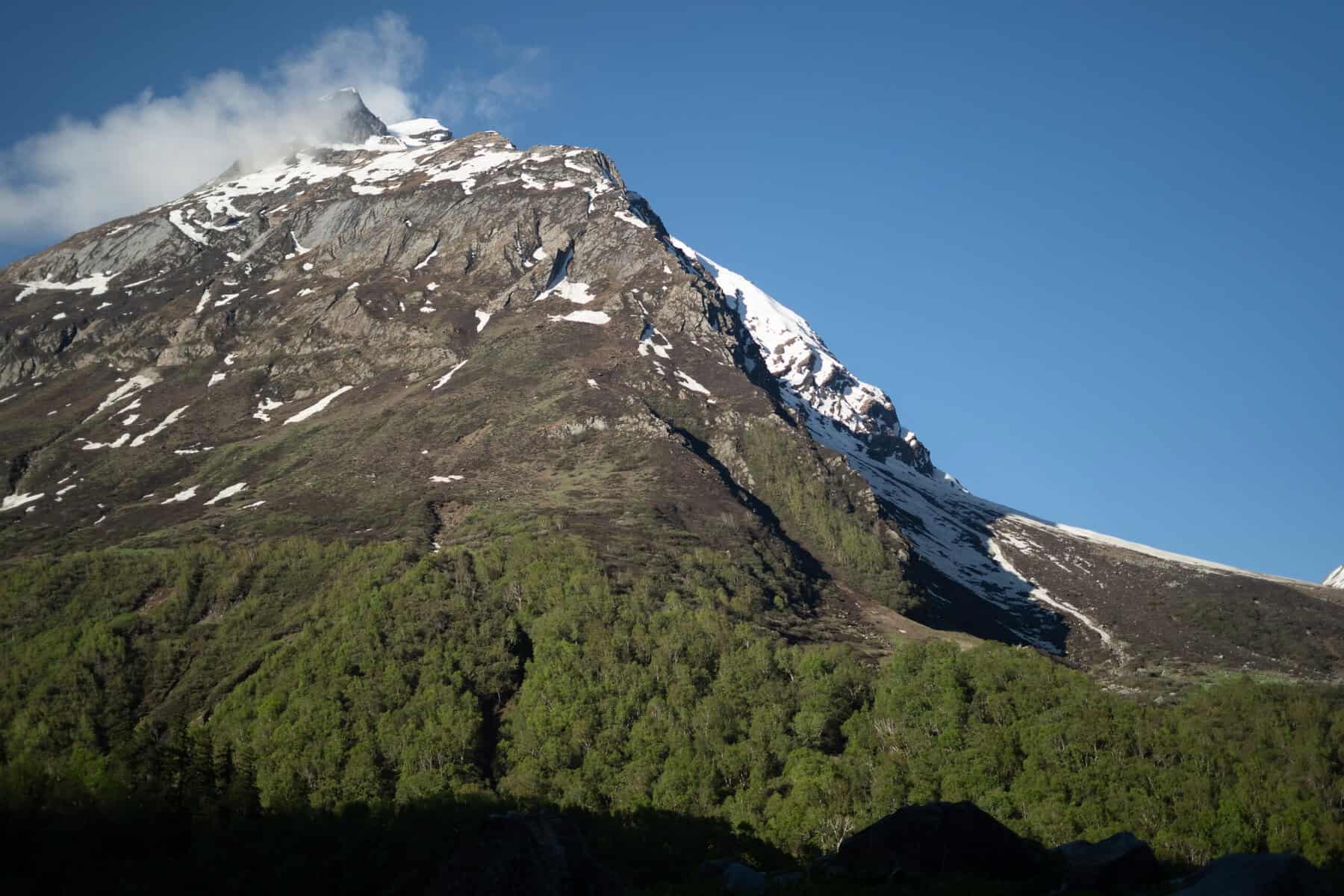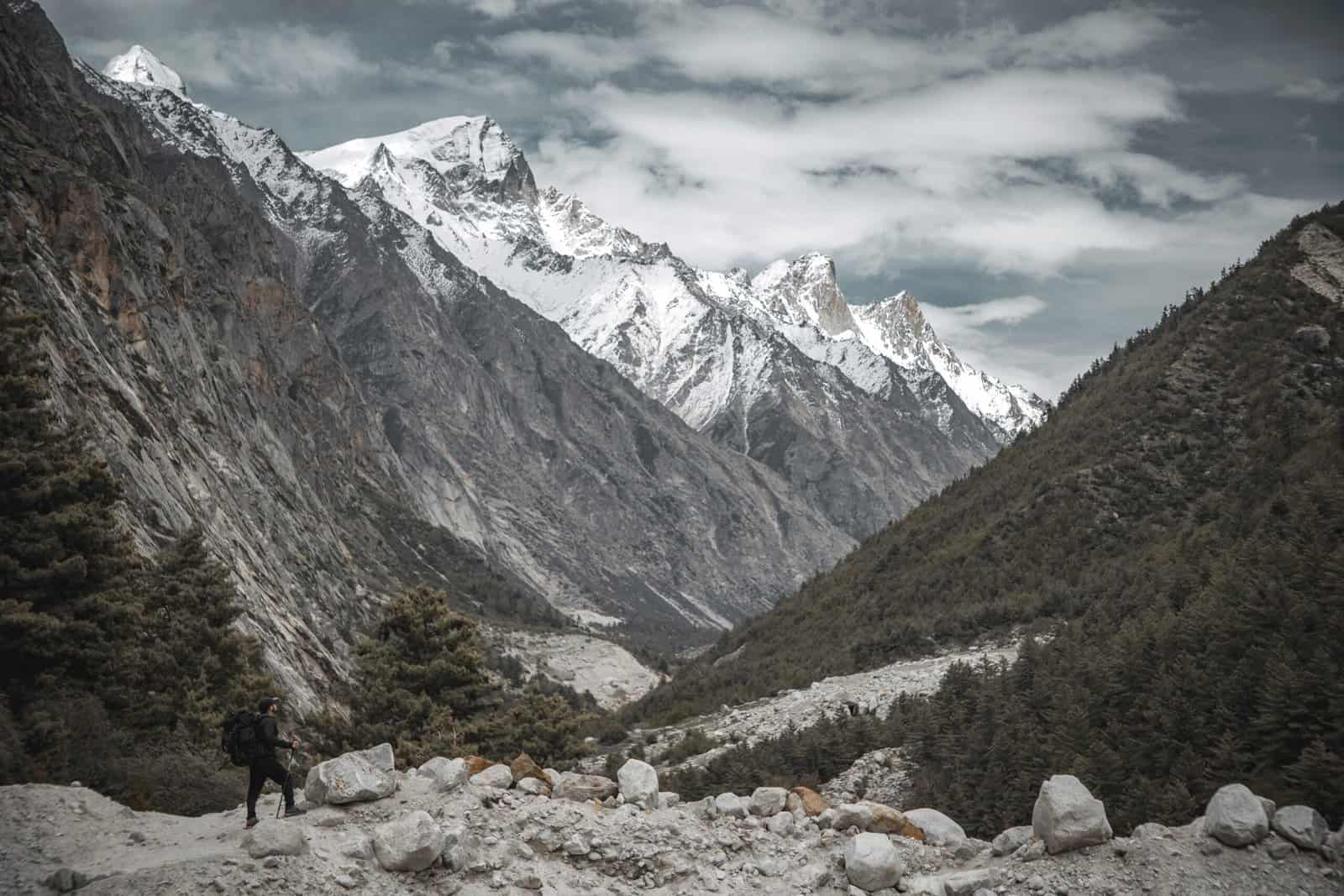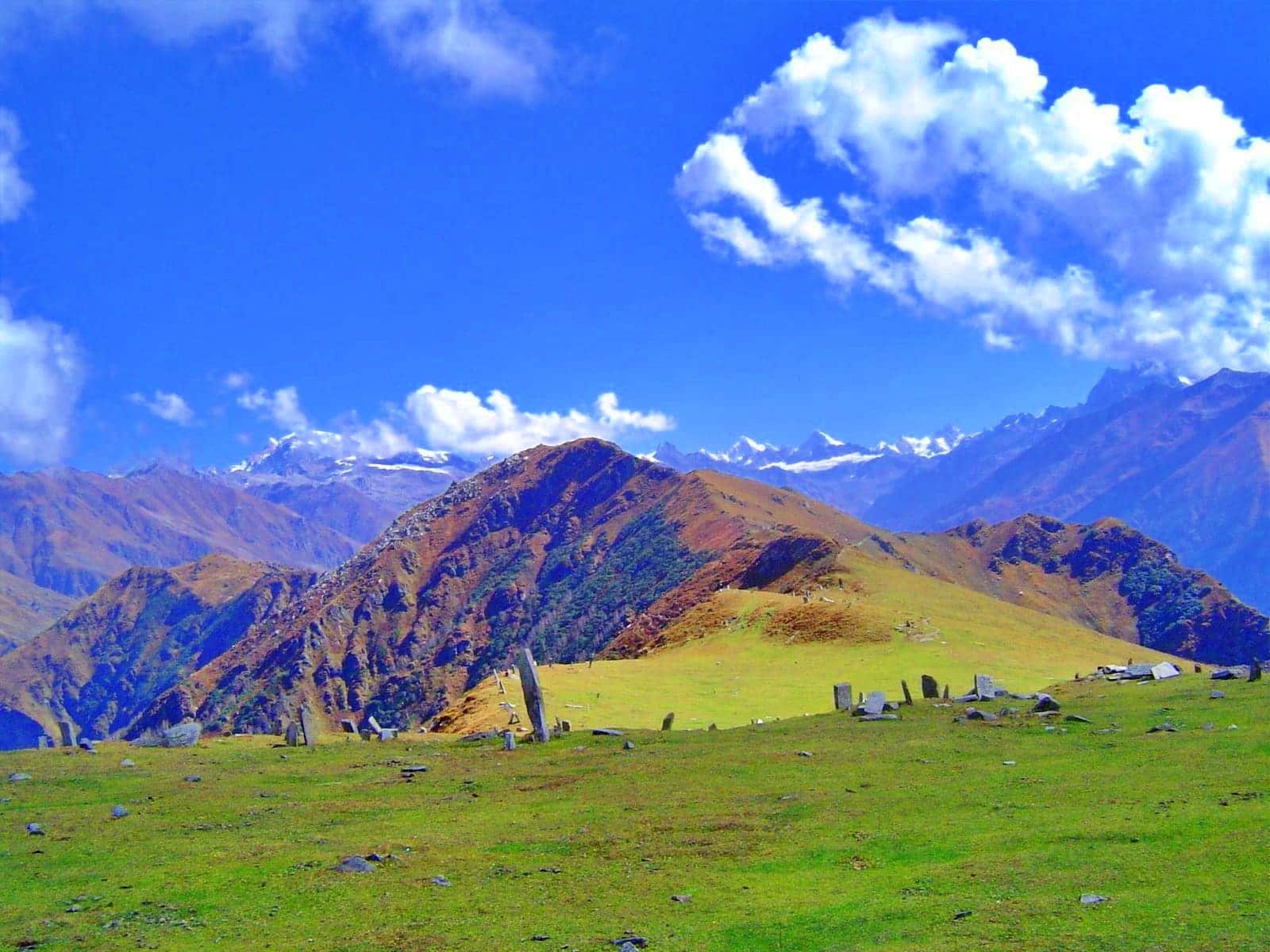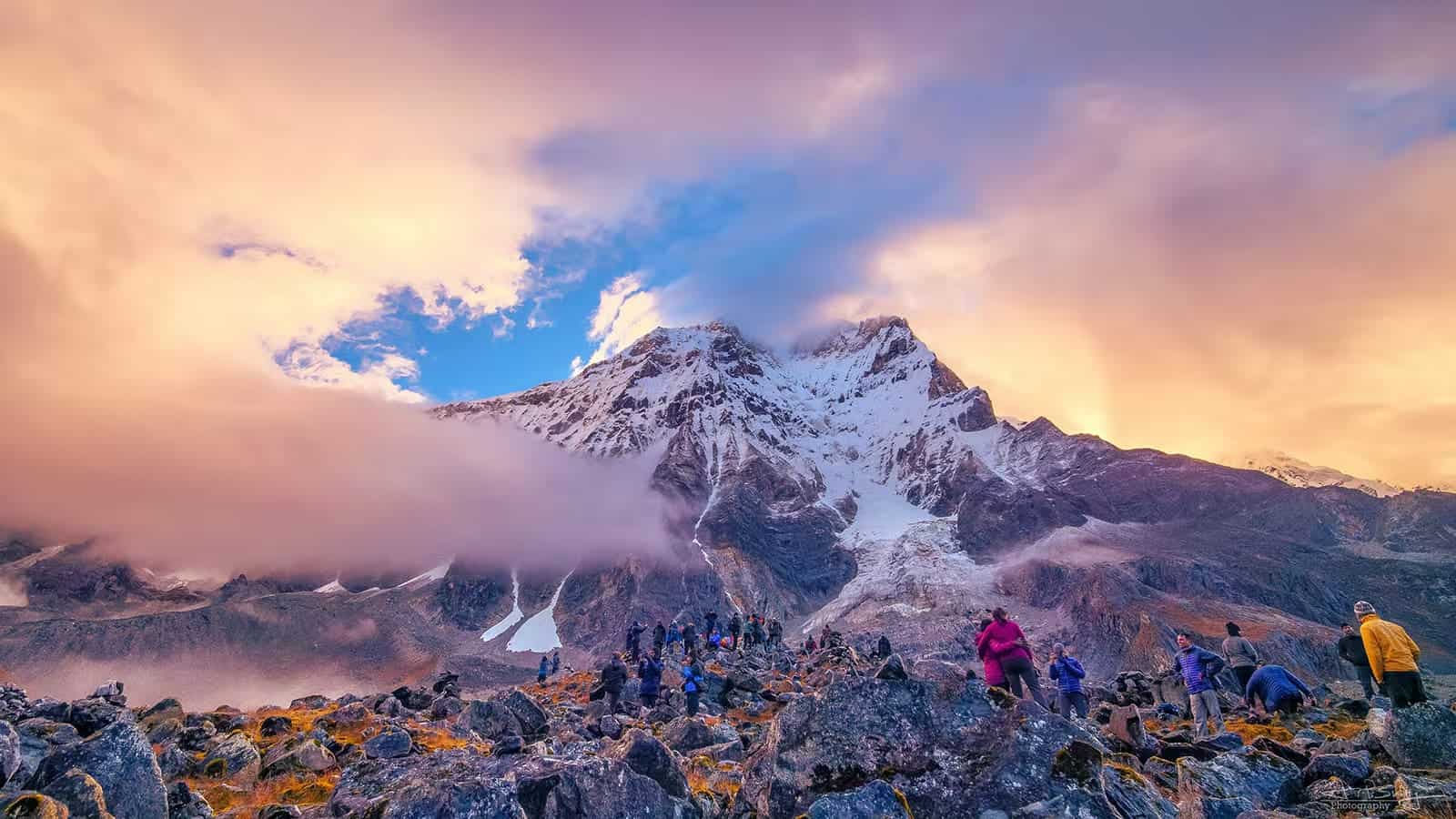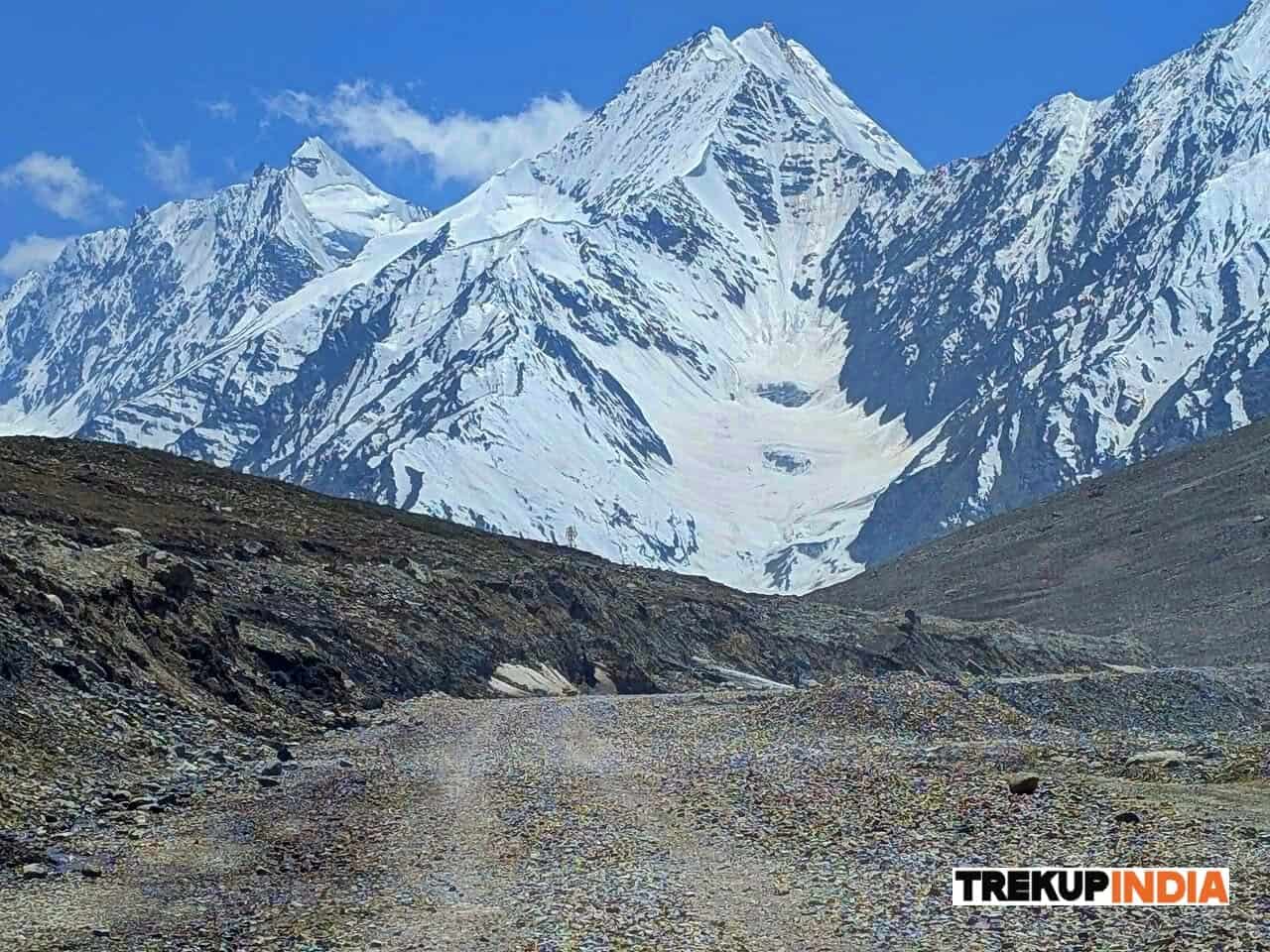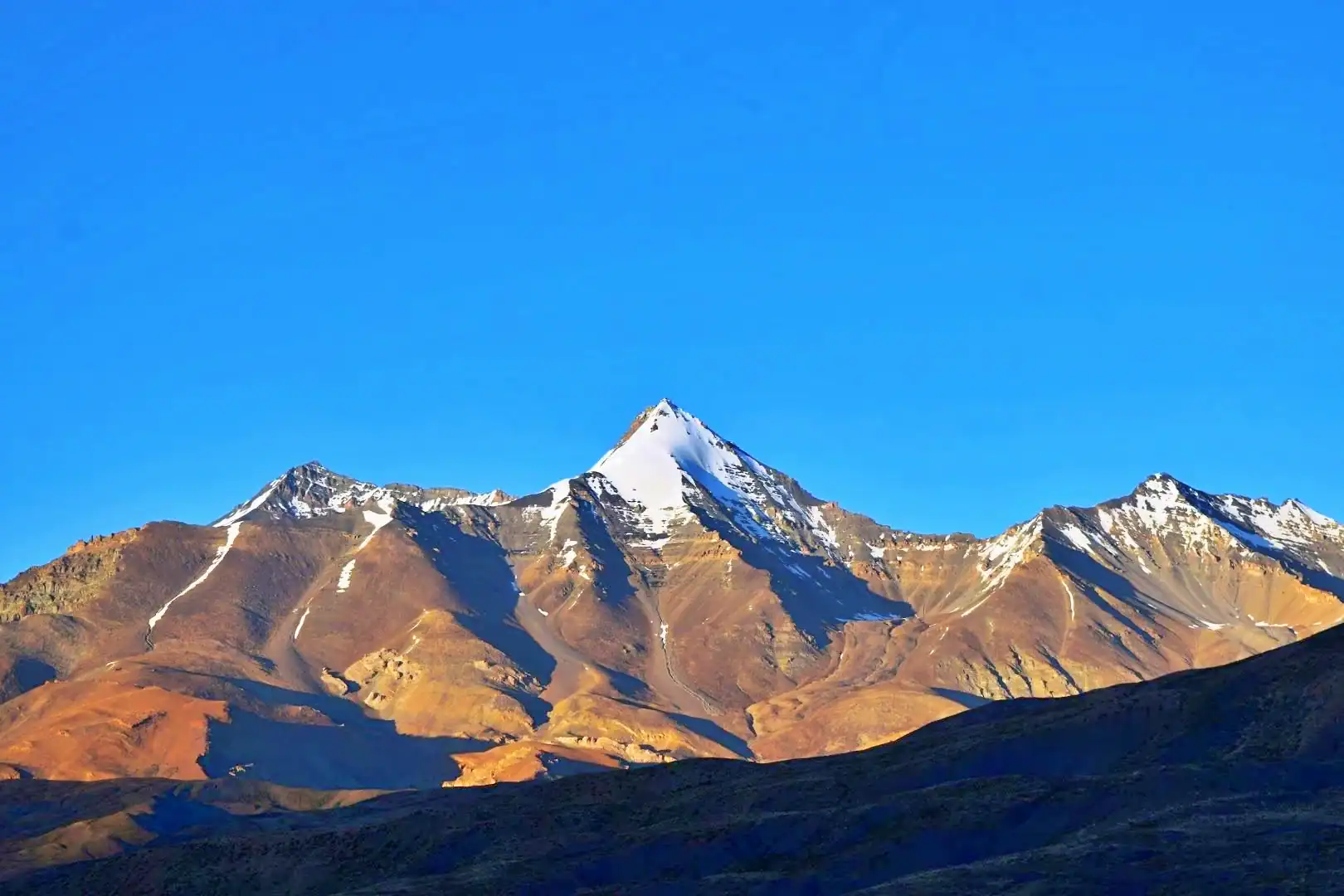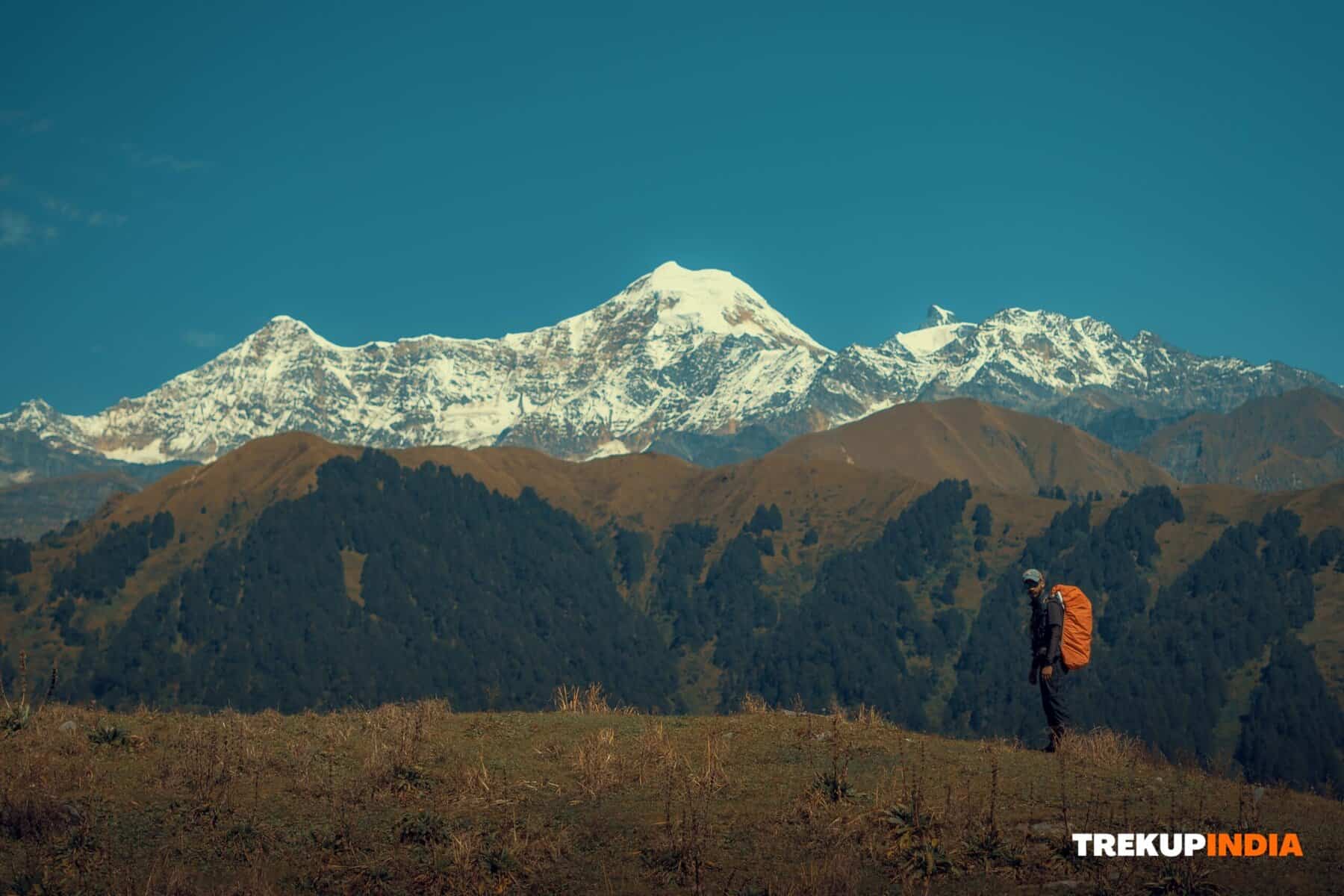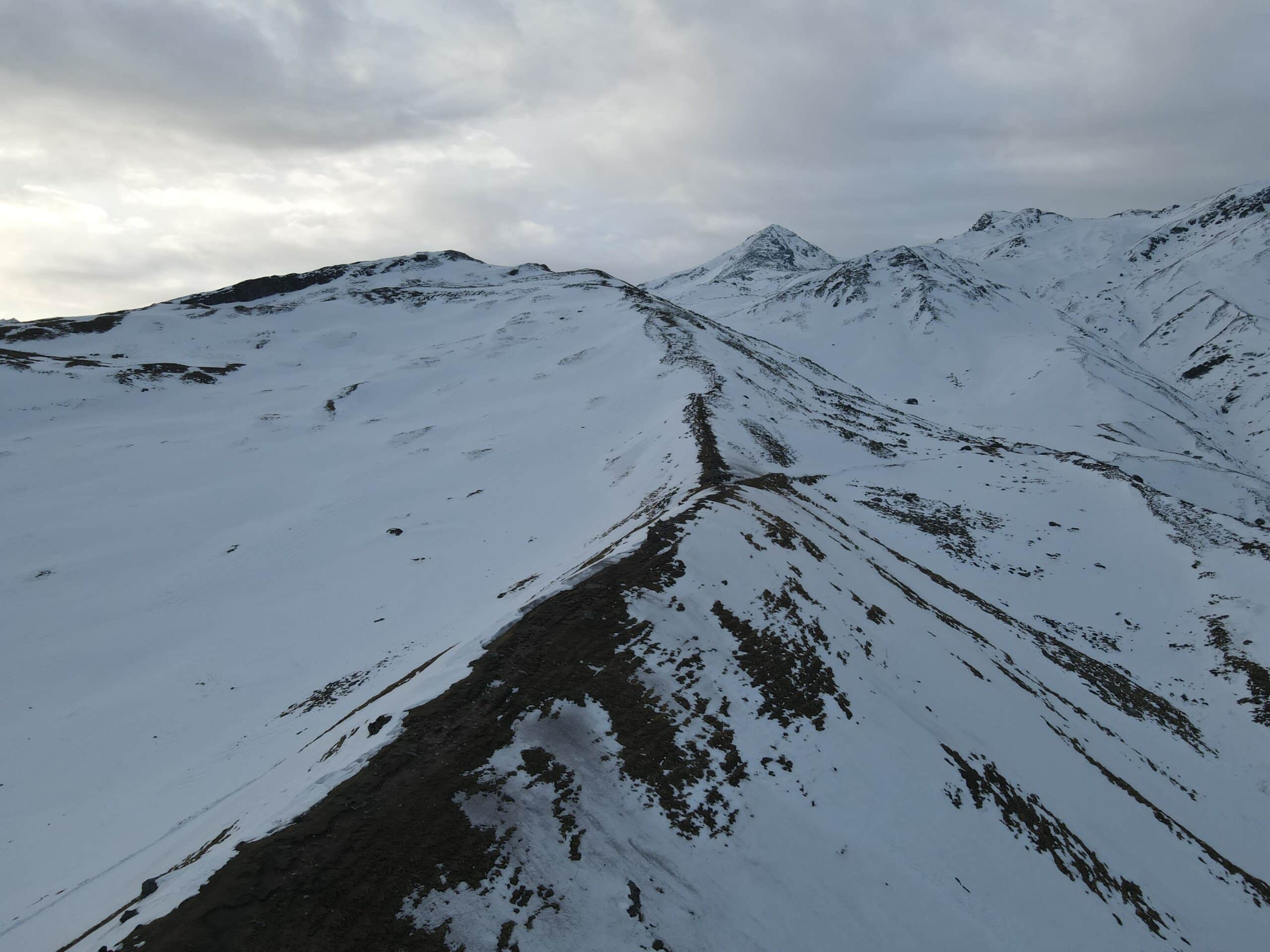How to Time Your Trek in Winter: A Guide to Perfect Winter Trek Timing
How should you plan a winter trek?
Winter treks in India provide unparalleled snow experiences, but proper planning of your trek can make all the difference between an enjoyable journey and one that leaves you disappointed. This guide is intended for novice and intermediate trekkers looking to see snow but don’t know when or how best to organize their trip.
Most people associate the winter trekking season as starting around December and ending mid -March; however, this can differ significantly between years each has its own snow conditions and experiences; between February and December, you could trek the same mountain and have two completely different experiences!
Let us walk you through three major winter trekking seasons so you can choose an appropriate time and date to visit the Himalayan peaks. Starting in December until mid – December an best period for novice snow trekkers wanting a first taste of winter without harsh conditions mid- December through to December’s final day will reveal light snow layers perfect for snow walks; while January through mid – March is known for deep snow cover and its fairy tale landscapes seen here!
Understanding Winter Trekking Seasons and Snow Patterns
Why Winter Lasts from December to mid-March
Winter trekkers must realize that winter can last much longer than most people realize. Starting in December and lasting until mid-March, winter trekking opportunities arise all year long. Planning your winter adventure requires taking into account this extended timeframe, as you have multiple months from which to choose when making plans for your trek.
January and February bring the harshest winter conditions, making January/February an optimal time for trekkers looking for extreme winter adventures. Knowing this can help trekkers plan treks according to their experience level and desired snow conditions winter offers various degrees of intensity throughout its course.
Learn How Snow Accumulation Changes Over Winter
Winter treks bring about dramatic transformation across the landscape from start to finish, as snow accumulates gradually from the end of winter until the start of spring. This progression in accumulation radically alters both trekking experience and difficulty levels, making this season of exploration an extraordinary journey!
At the start of winter, trekkers can expect light dustings of snow that create beautiful winter scenes without major obstructions. As the season advances, accumulation increases dramatically, with coverage ranging from moderate to knee deep snow requiring proper equipment and physical fitness for trekking through it all.
Winter presents its toughest challenges during its most severe conditions when snow can reach chest deep depths, making trekking treks accessible to novices in December, becoming more challenging by February, making it important to pace yourself according to both your level of experience and the availability of equipment.
Misconceptions About Winter Trekking Timing
Misconceptions about winter trekking planning often result in poorly timed treks and missed opportunities. One such misperception is thinking winter starts and ends in December, meaning trekkers miss taking advantage of an extended season that continues into March.
One common misperception about winter is that its conditions remain constant all year long, leading trekkers to assume they will encounter identical conditions no matter when they start their trek. Yet weather conditions vary dramatically month by month, with December providing mild conditions best for getting acquainted, while peak winter months often bring extreme terrains.
Timing Your Trek with Snow
Timing is key when planning winter treks, as snow conditions directly determine their difficulty and preparation requirements. Recognizing patterns of accumulation helps trekkers tailor their trips based on their abilities and levels of experience.
Early winter months offer those seeking winter beauty without too many challenges, while the peak winter months provide experienced trekkers with challenging snowy adventures. December to mid-March provides ample scheduling flexibility so trekkers can choose the best time and level of snow they prefer depending on weather forecasts, their schedules, and personal preference.
Early to Mid-December: Best Timeframe for Snow Beginners.
Why This Window Is Special
Mid December to early December is an idyllic period for trekking in winter. At this time of year, mountaintops receive their initial snowfall, creating a magical winter wonderland easily accessible without harsh winter conditions offering trekkers their first taste of winter’s wonder while providing them with an easy trekking experience. This snowfall transforms familiar paths into stunning white landscapes, giving trekkers their first taste of its beauty while offering them an enjoyable trekking experience.
What distinguishes this window is its impressive balance between the aesthetics of winter and practicality for trekking. The snow cover is light enough for safe passage but still provides enough snow trekking experiences in colder seasons that trekkers crave.
Experience Your First Winter Snow Without Harsh Conditions
Trekkers can experience the magic of winter snow without experiencing extreme temperatures and weather conditions that typically characterise its peak months. Light snowfall creates beautiful landscapes while providing easy access to treks for trekkers of varying experience levels.
Winter trekking offers those accustomed to warmer seasons a great opportunity to try their hand at it for the first time, without experiencing extreme weather challenges and encountering additional stressors. Trekkers can become familiar with winter equipment as well as snow navigation techniques and cold weather trekking techniques without facing additional hardships due to severe climate issues.
Enjoy Clear Skies and Superior Stargazing Opportunities
Between early December and mid-December, you can experience one of the most beautiful clear skies of wintertime. These crystal clear skies offer stunning mountain views that might otherwise be hidden by heavy snowfall or stormy weather patterns.
Clear skies, shorter day length, and reduced light pollution at higher altitudes provide best conditions for astrophotography and stargazing, providing trekkers the perfect chance to capture breathtaking nighttime images while taking in some of the year’s best stargazing opportunities in mountain regions.
Strive to Achieve the Highest Trek Completion Success Rates
This season boasts the highest completion rate when compared with winter months, making it the safest time for planning winter treks. Favorable weather patterns greatly decrease the likelihood of weather related cancellations or route modifications necessitating trekkers abandoning their treks due to safety concerns.
Trekkers who wish to experience authentic winter mountain trekking conditions will find this combination of manageable snow conditions, clearer weather patterns, and moderate temperatures conducive to successful expeditions.
From Mid-December to the End of December: Light Snow Layer Experience
As we move past early December, the second part of December offers trekkers their first experience of continuous snowfall and winter conditions in the mountains.
Witness Multiple Western Disturbances That Cause Heavy Snowfall
At this time of year, you can anticipate at most two to three Western Disturbances to bring fresh snowfall to the Himalayan regions. These weather patterns begin in the Mediterranean before moving east and producing the first significant snowfalls of the season at popular trekking spots. Western Disturbances bring vibrant weather patterns that change mountain landscapes quickly by blanketing barren treks with pure white snow within hours providing the best foundation for winter treks ahead. Typically lasting two or three days, they offer consistent snowfall that provides the basis for winter treks ahead.
Walking Through Ankle Deep Snow on Popular Treks
As temperatures cool off, snow forms an ankle deep light layer perfect for enjoying snow walks. This snow depth offers beginners the best chance to experience winter trekking without becoming overwhelming for trekkers with moderate experience. Ankle deep snow provides great traction conditions while providing trekkers the opportunity to feel what it’s like walking on fresh snow trek markers remain visible and it adds visual beauty without creating extra navigational difficulty or technical challenges.
Navigating Crowded Mountain Paths During the Holiday Season
Holiday seasons draw large crowds treks like Kedarkantha and Brahmatal experience over 1000 trekkers per day, which could compromise mountain peace. A combination of holiday getaways combined with best snow conditions as well as moderate difficulty levels creates high demand at this time, leading to campsites being packed to capacity and finding peace difficult despite efforts at finding it elsewhere. Early start times and less well-known routes may provide peace during this hectic time.
January to Mid-March: An Epic Snow Season Adventure
What Makes This Season Unique?
Once we’ve covered the snowier periods, the period from January to mid-March marks the pinnacle of winter trekking adventures, this period offers some of the most breathtaking and captivating snow conditions that adventurers are seeking out; consistent sub-zero temperatures lead to solid snow formations; frequent snowfall during this season creates significant accumulation and transforms treks into completely different landscapes.
Experience an unforgettable snow experience from Knee Deep to Chest Deep Snow depth.
At this time of year, trekkers encounter deep snow that ranges from knee deep at lower elevations to chest deep in higher altitude areas and valleys that are sheltered. These accumulations present challenging yet rewarding trekking conditions that necessitate appropriate equipment and techniques the deep snow insulation creates extremely comfortable camping conditions despite frigid temperatures! Microspikes or snowshoes become necessities during this season.
Enjoy Fairy Tale Snowy Forests and Sophisticated White Landscapes
Milder snow conditions don’t compare to the stunning transformation that takes place during winter’s peak temperatures, when all forest canopy trees become blanketed in thick and dense snow blankets, creating cathedral like spaces beneath heavy laden branches and making navigation challenging enough to require high levels of navigational skills.
Access Mountains that Offer Minimal Trudge and Maximum Solitude
Winter conditions naturally dissuade novice trekkers, leaving treks mostly empty for those willing to brave winter’s harshness. This makes for an excellent opportunity to observe wildlife; animal tracks emerge vividly against the white snowscape narrating stories of nighttime forest activity; plus snow covered mountains offer a deep sense of serenity rarely experienced during busy seasons.
Participate in Snow Activities Such as Slides and Snowball Fights
Snow provides the best natural playground for winter sports enthusiasts. Steep, snow covered slopes provide unintentional sledding hills; their perfect consistency allows snowball fights as well as sculpture creation during breaks.
Best Treks for Big Snow Season
Northern exposures and high altitude routes offer the best conditions for heavy snow accumulation during this period, and mountain ranges that align with winter weather patterns provide safe opportunities to experience these extreme winter conditions.
Kedarkantha, Kuari Pass, Pangarchulla Peak Trek are among the best treks for big snow lovers.
Winter Trekking Destinations for All Snow Preferences
Now that we have discussed the different timing windows for winter treks, let’s explore which locations best suit different experiences and snow preferences. Each trek chosen has unique winter specific traits which perfectly sync up with seasonal cycles we have studied thus far.
Dayara Bugyal for Forest Snow Experiences.
Altitude: 12,100 ft
Duration: 5–6 days
Difficulty: Easy–Moderate
Dayara Bugyal stands out as a best location for those seeking an immersive snowy forest experience. The meadow at high altitude transforms into a breathtaking winter wonderland where trekkers are treated to an impressive display of snow laden trees meeting vast meadows of white. Dayara Bugyal makes an excellent start on any winter trek adventure, featuring gentle slopes with spectacular snow covered landscapes providing picture perfect scenes at every turn.
Brahmatal offers Frozen Lake Adventures
Altitude: 12,250 ft
Duration: 6 days
Difficulty: Moderate
Brahmatal offers unforgettable frozen lake adventures to those intrigued by its frozen surface, centered around its stunning high altitude lake. As winter progresses, its crystal mirror surface creates one of the most picturesque treks in Himalayan winter months; all experience is built around this frozen center to offer trekkers intimate winter experiences with dramatic transformations.
Deoriatal Chandrashila for Lake and Summit Combos
Altitude: 12,083 ft
Duration: 5 days
Difficulty: Easy–Moderate
Best Time to Visit:
Deoriatal Chandrashila provides the best setting for winter trekkers looking for immersive winter experiences. This destination expertly blends the tranquil beauty of an ice engulfed lake with incredible views of Chaukhamba massif. Deoriatal lake offers reflective beauty as you traverse across its waters; Chandrashila summit views make the trek truly enthralling; together they make this trip perfect for both adrenaline junkies and quiet contemplatives alike!
Kedarkantha for Overcoming Winter Experiences
Altitude: 12,500 ft
Duration: 6 days
Difficulty: Easy–Moderate
Best Time to Visit:
Kedarkantha delivers on its promise offering an exciting peak winter adventure that tests physical and mental endurance and strength. The destination has long been sought out by serious winter trekkers looking to test themselves as they experience the raw force of winter conditions at higher altitudes. Trekkers should show due respect for winter mountain landscapes while summiters will gain life changing summit experiences!
Kuari Pass offers easy access to Oak Forest snow walk routes.
Altitude: 12,516 ft
Duration: 6 days
Difficulty: Moderate
Best Time to Visit:
Kuari Pass is well known for its stunning oak forests cloaked in pure snow, offering some of the most picturesque snow treks to winter trekkers. The trek winds through thick oak woodlands where each branch bears the weight of fresh snow, creating natural tunnels and archways that make ordinary walks through the forest extraordinary winter adventures. Kuari Pass makes for an excellent destination for those who prefer milder walks while still experiencing authentic Himalayan winter weather conditions.
Pangarchulla Peak Trek: Experience an Exhilarating Snow Climb and Summit Push
Altitude: 15,069 ft
Duration: 7 days
Difficulty: Moderate–Challenging
Pangarchulla Peak Trek represents the epitome of winter trekking, offering challenging snow climbs culminating in an exhilarating summit push. It requires advanced winter trekking skills and quality equipment and offers experiencedtrekkersone of the most exhilarating summit experiences available during winter trekking. Combining technical challenges with breathtaking mountain landscapes at high elevations.
Sandakphu Phalut Tea House Stays for Comfortable Experiences
Altitude: 11,941 ft
Duration: 7–8 days
Difficulty: Moderate
Best Time to Visit:
Sandakphu stands out among winter trekking spots by providing trekkers with a luxurious tea house experience in addition to a real mountain atmosphere. Trekkers can experience snow covered landscapes before retreating home each night in cozy lodgings, making this trek particularly suitable for novice winter campers or those searching for easier winter adventures.
Conclusion
Trekking during winter in India provides an unforgettable array of experiences, depending on when and where you decide to venture into the mountains. From December’s first snowfalls and fairy tale like landscapes of January through mid-March’s Big Snow Season, each season brings its own set of unique challenges and opportunities. December 1 is an excellent starting point for beginners who are new to snow, while peak winter activity provides adventurous trekkers with knee deep snow accumulations on uncrowded treks during this period.
At the core of any successful winter trip lies knowing exactly the kind of snow experience you want and matching it to its appropriate season. Whether you want a light dusting in early December, or more substantial blankets between January and February, planning is key for an enjoyable winter adventure in the Himalayas! Popular destinations like Kedarkantha, Brahmatal and Dayara Bugyal fill quickly so now is an excellent opportunity to reserve your place on this unforgettable journey.
About Author

Anoop Rawat (Admin TrekUp India)
Anoop has worked for 5 years as a Trek Leader with TrekUpIndia, leading numerous treks across the diverse and challenging terrains of Uttarakhand and Himachal Pradesh. He holds a degree in Geology with a specialization in Geographic Information Systems (GIS) from UPES Dehradun. During his academic years, he actively applied his classroom knowledge in the field—most notably by contributing to a glacier research project on the Jundar Glacier in the Har Ki Dun Valley, Uttarakhand. Write Anoop at anoop@trekupindia.com
Share this article
Dates For Upcoming Treks
Want To Trek Like Pro?
Basically, watch these videos if you want to trek the same way professional trekkers do and make your skills better. These videos contain useful tips and techniques to further improve your trekking skills itself. These videos actually help both new and experienced trekkers improve their trekking skills. These videos definitely provide useful tips that make your trek better. We are seeing that these videos by Trekup India experts will only help you make your trekking skills better.
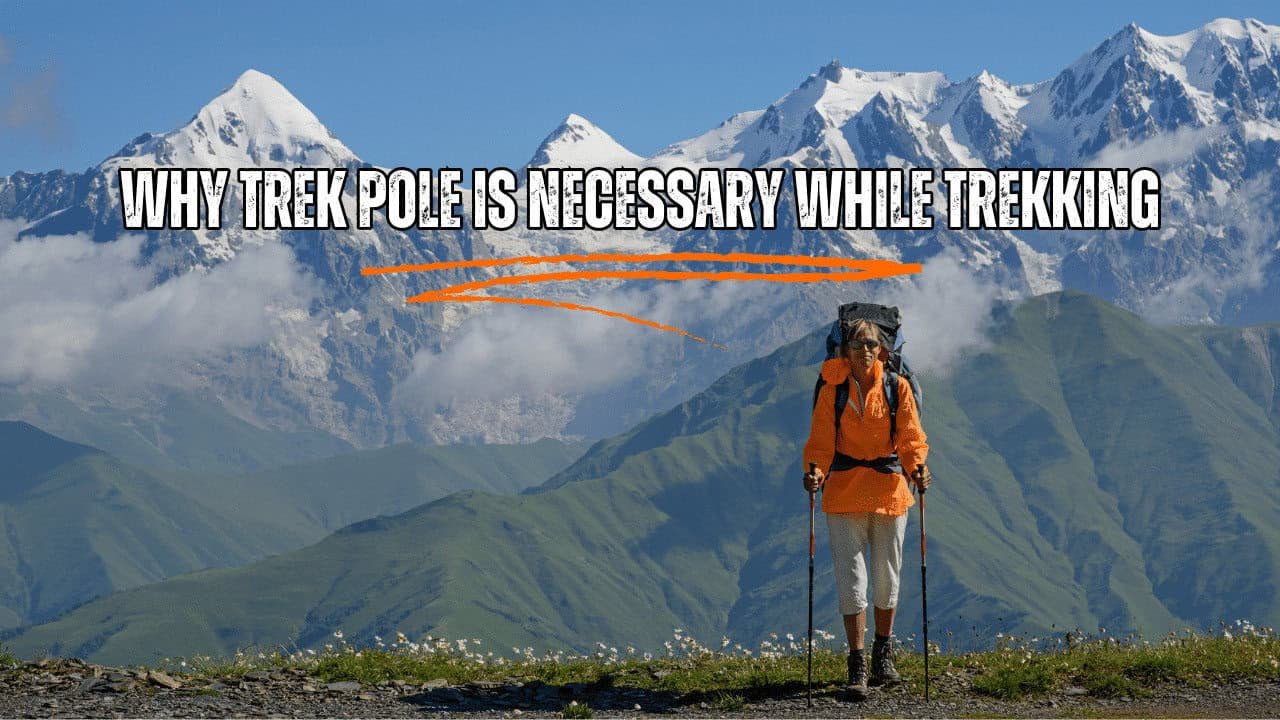

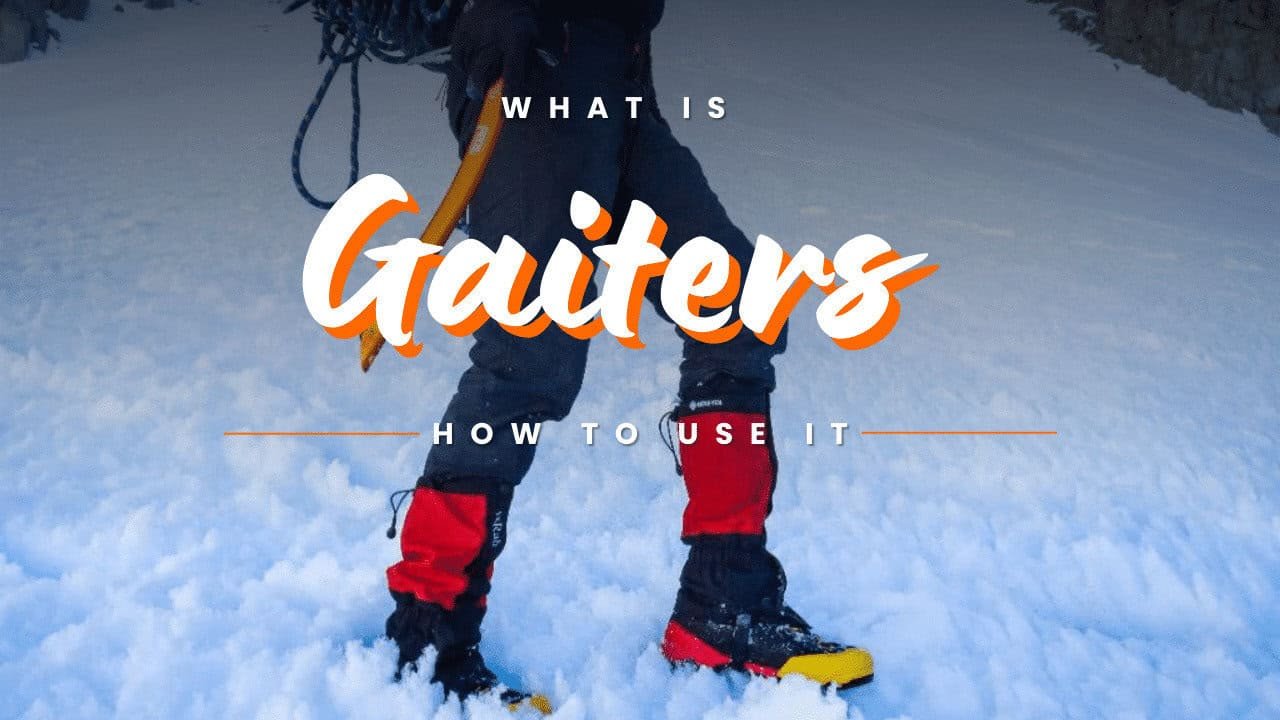


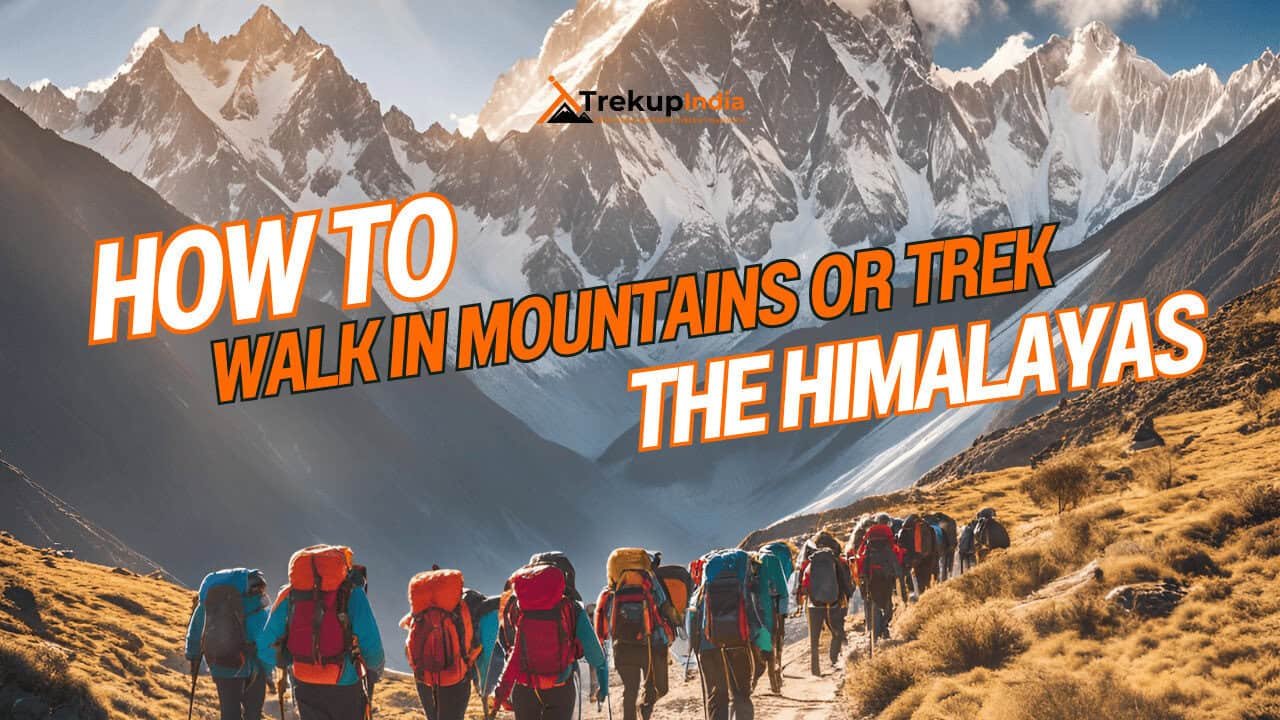

Know Everything About Acute Mountain Sickness
Acute Mountain Sickness occurs when people trek to high altitudes above 8,000 feet. This condition itself develops further due to reduced oxygen levels at such heights. Basically, as you go higher up, the air pressure and oxygen levels decrease, which causes the same problem. Acute Mountain Sickness surely causes headache, nausea, vomiting, and dizziness in affected persons. Moreover, peoples also experience difficulty in sleeping during this condition. To avoid mountain sickness, you should actually trek up slowly to higher altitudes. To learn further about this condition itself, watch the videos by Trekup India.
